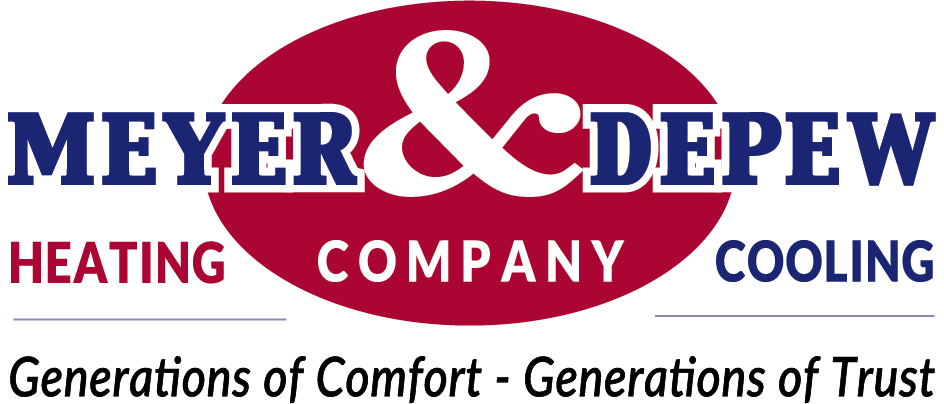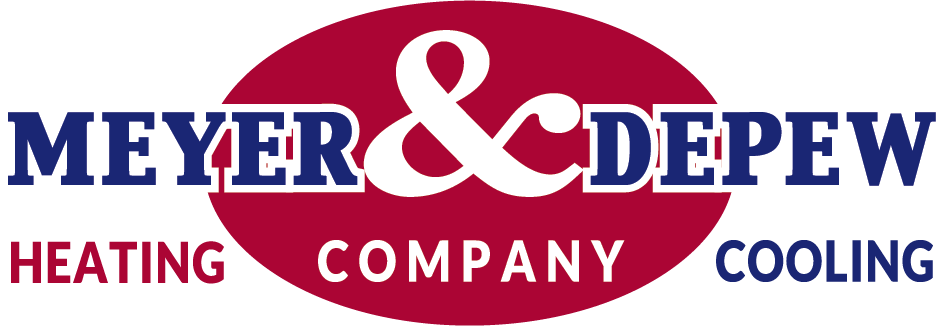Why Does it Seem Like My Furnace Can’t Keep Up In Bitter Cold Weather?
Many Factors Can Lead to Unsatisfactory Performance
When the bitter cold days of New Jersey kick in, a furnace in top condition should still be able to keep our homes warm and comfortable. If your furnace feels like it’s struggling, it could be one of many common problems.
The Design of Your Furnace
In New Jersey, most heating systems are required to be designed to maintain indoor temperatures of 70°F when it’s 0°F outside. If temperatures dip below that, your furnace may have to work overtime, and the indoor temperature may also drop slightly. For example, if it’s -5°F outside, you might only reach 65°F indoors—even with your furnace running continuously. In this case, the lower outdoor temperature means the heat loss in your home exceeds the furnace capacity.
The Furnace Could Have a Mechanical Issue
If your system hasn’t been maintained in some time, it may have a mechanical issue and not be working at full capacity, further reducing its ability to keep you comfortable. You may have a dirty filter or a problem with your flue, drain lines, thermostat, or, if your system is more than 12 years old, other issues associated with age.
Proper Diagnosis of Your Furnace is Key
A thorough, full-service maintenance call from Meyer & Depew annually will find and fix problems before the cold days start. We service the filter, flue and drain on your heating system so that it will operate safely and efficiently. If you haven’t had your heating professionally serviced in a year or more, there could be problems lurking that are straining your system.
Fix a Small Furnace Problem Before It Gets Bigger
Hopefully, your furnace issue can be easily determined and quickly solved. Waiting until things get worse may end up costing more money. Our expert technicians will diagnose the issue and give you the full cost before any work is done.
Schedule an appointment
CALL US TODAY AT 908.272.2100
READ: 5 Tips for keeping your home warm this winter, and save you money.

